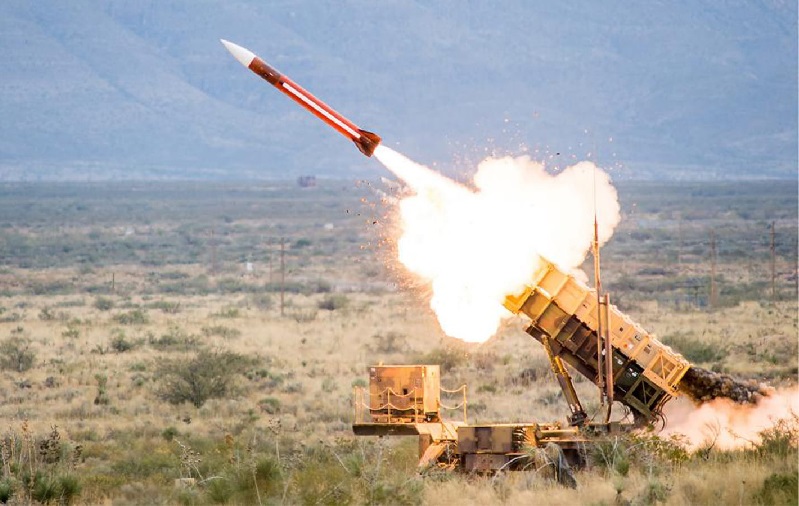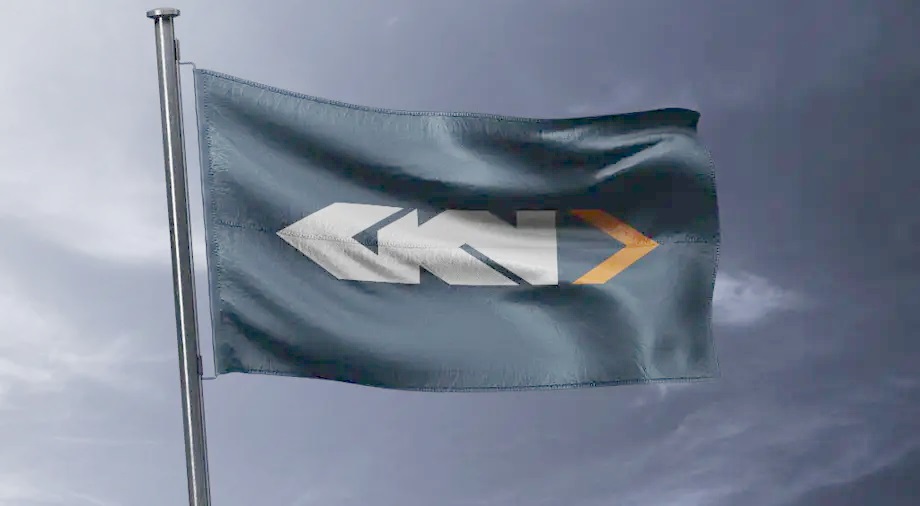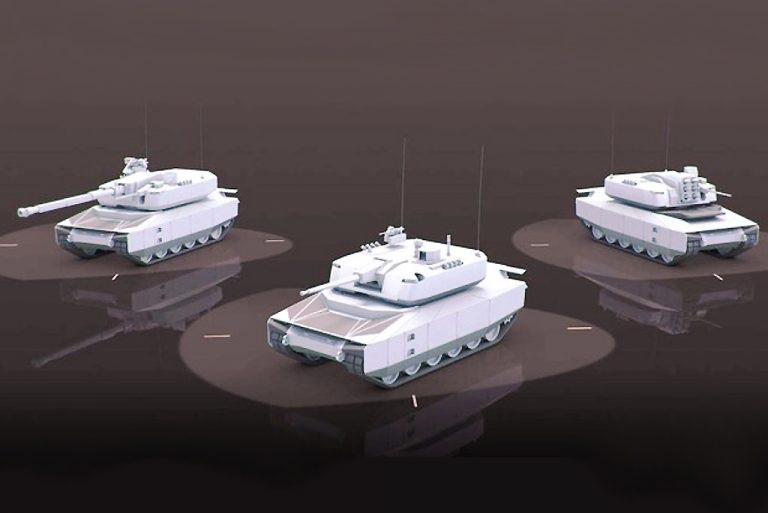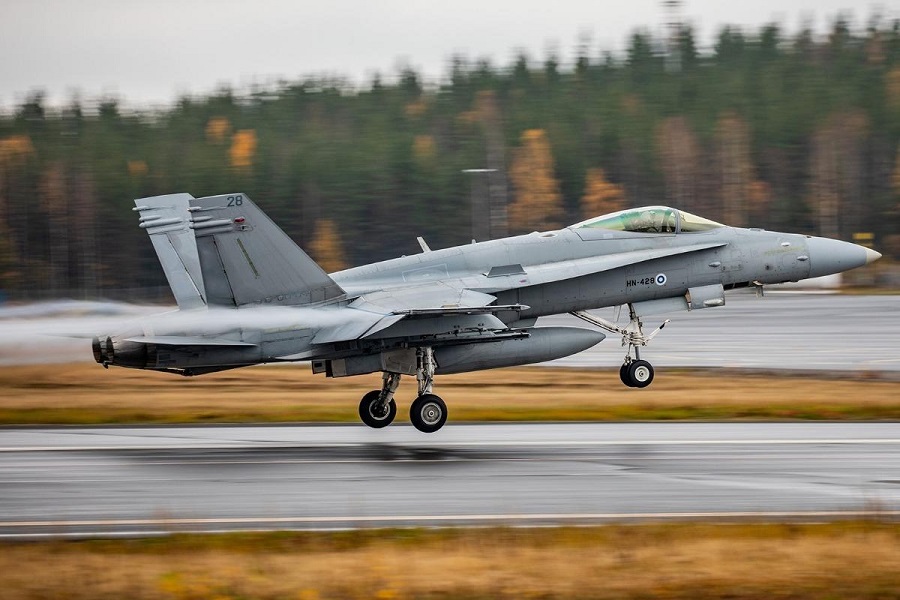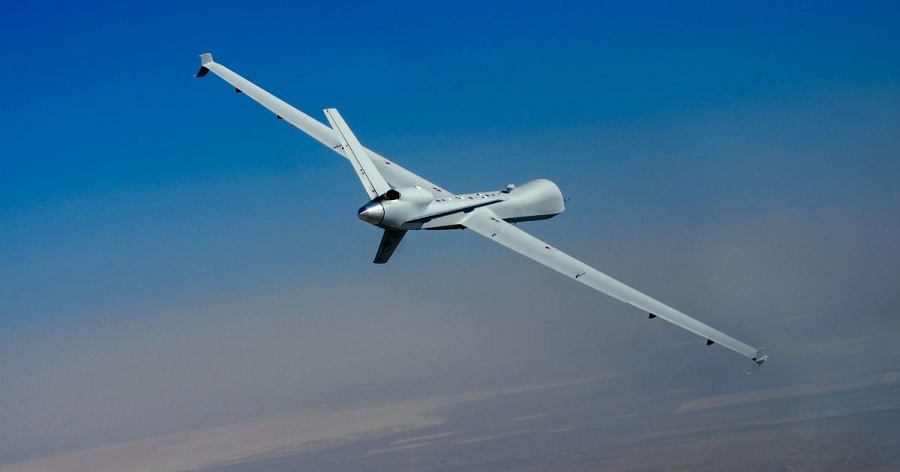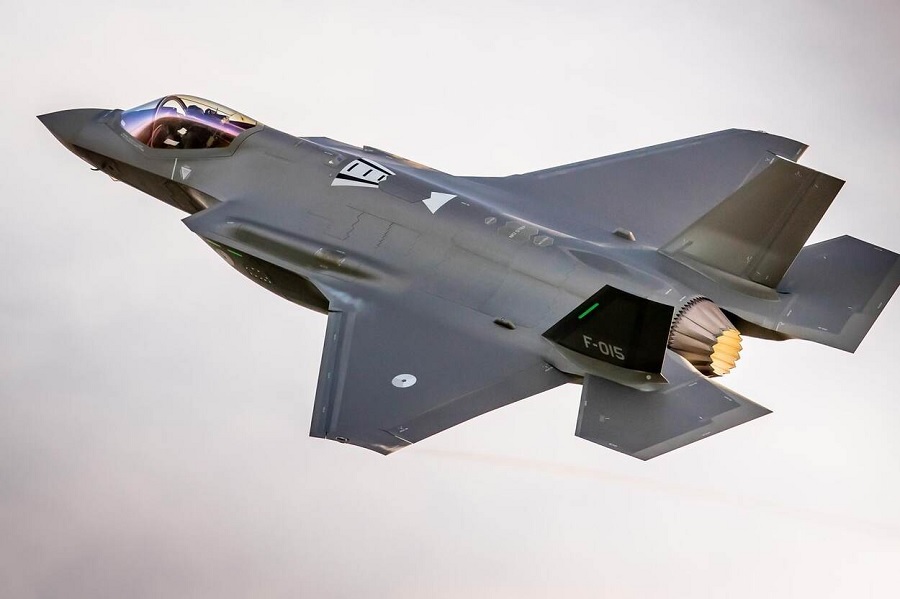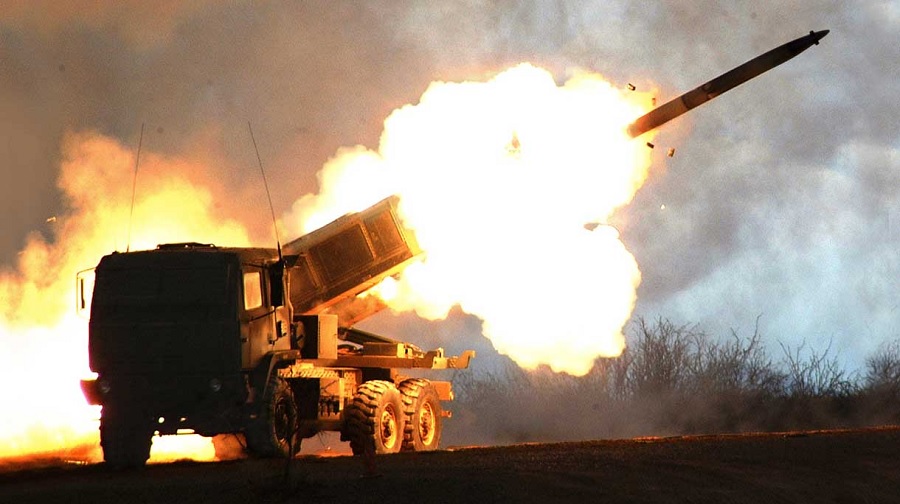On April 14, in response to a substantial aerial assault by Iran, which launched over 320 various airborne attack means including approximately 120 advanced ballistic missiles aimed at Israel, the USS Arleigh Burke (DDG 51) and USS Carney (DDG 64), both Arleigh Burke-class destroyers stationed in the eastern Mediterranean, were tasked with intercepting the incoming threats.
The destroyers launched a total of seven SM-3 missiles, successfully neutralizing at least six Iranian ballistic missiles. The missiles intercepted included types such as the Emad—a liquid-fueled missile with a range up to 1700 kilometers and a 750 kg warhead—and the older Ghadr-1, which boasts a similar payload and a range of 1600 to 1950 kilometers.
The SM-3 interceptors are a cornerstone of the U.S. Theater Ballistic Missile Defence (TBMD) strategy, designed to counter exo-atmospheric targets. Unlike traditional missile defence systems that rely on explosive warheads, the SM-3 utilizes a kinetic warhead (KW) that destroys incoming missiles through sheer impact at hyper velocities, a method known as “hit-to-kill.”
The kinetic warhead of the SM-3 detaches from its third stage approximately 30 seconds before impact, relying on the energy of collision—estimated at around 130 MJ (equivalent to detonating 31 kg of TNT)—to obliterate the target effectively. The successful deployment of these interceptors in a real-world scenario not only demonstrates their effectiveness but also enhances the strategic deterrence posture of the United States and its allies in a region fraught with conflict and instability.













